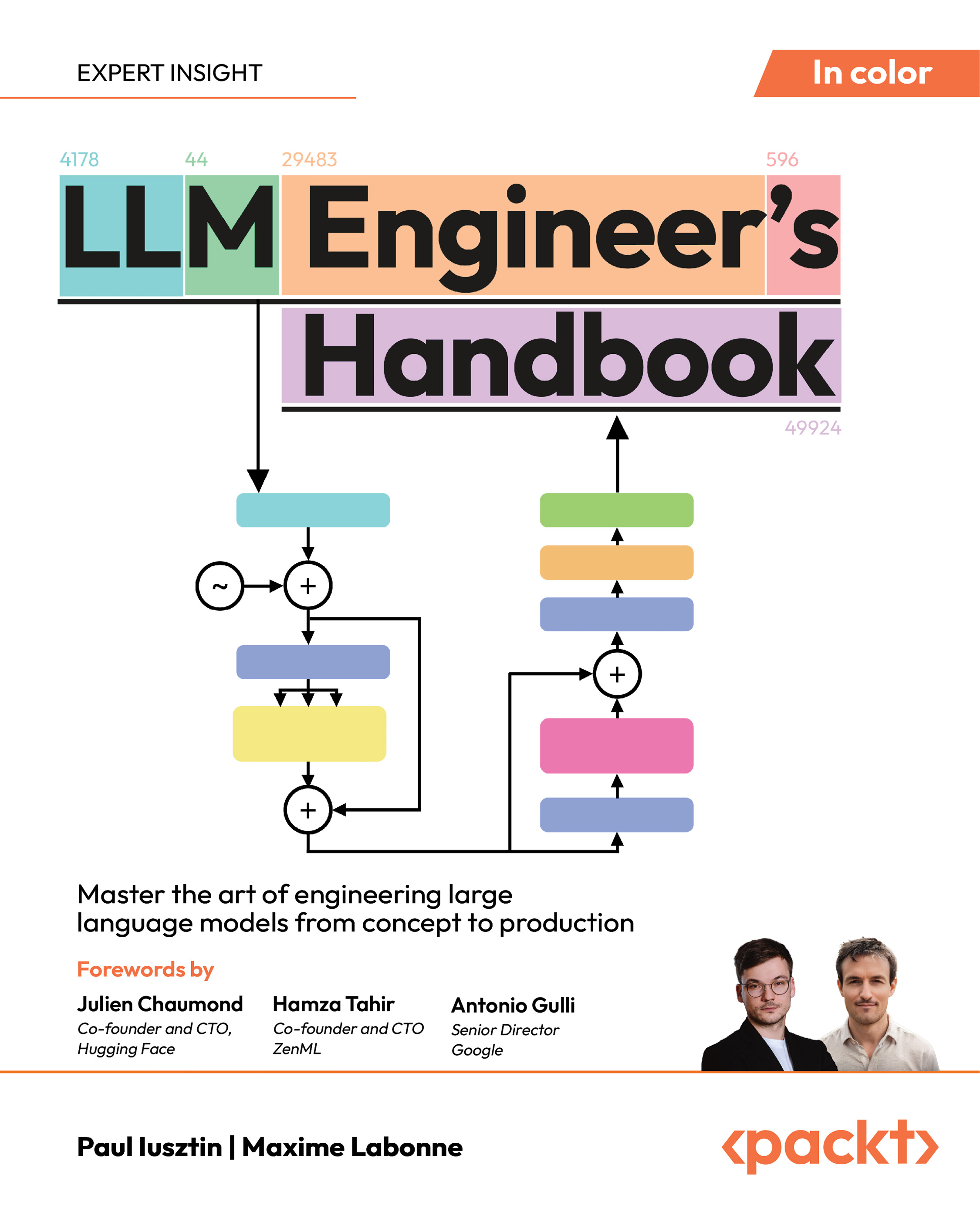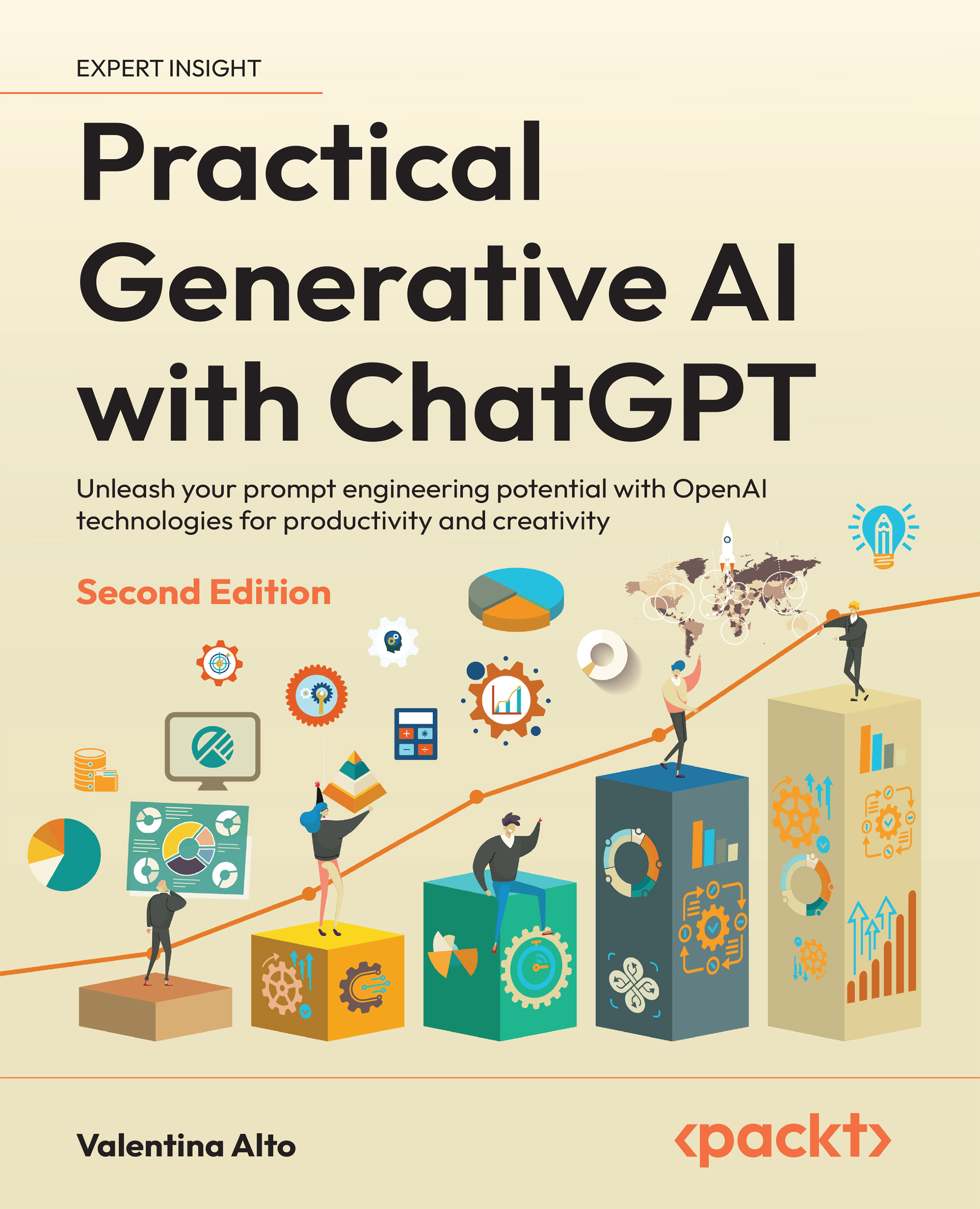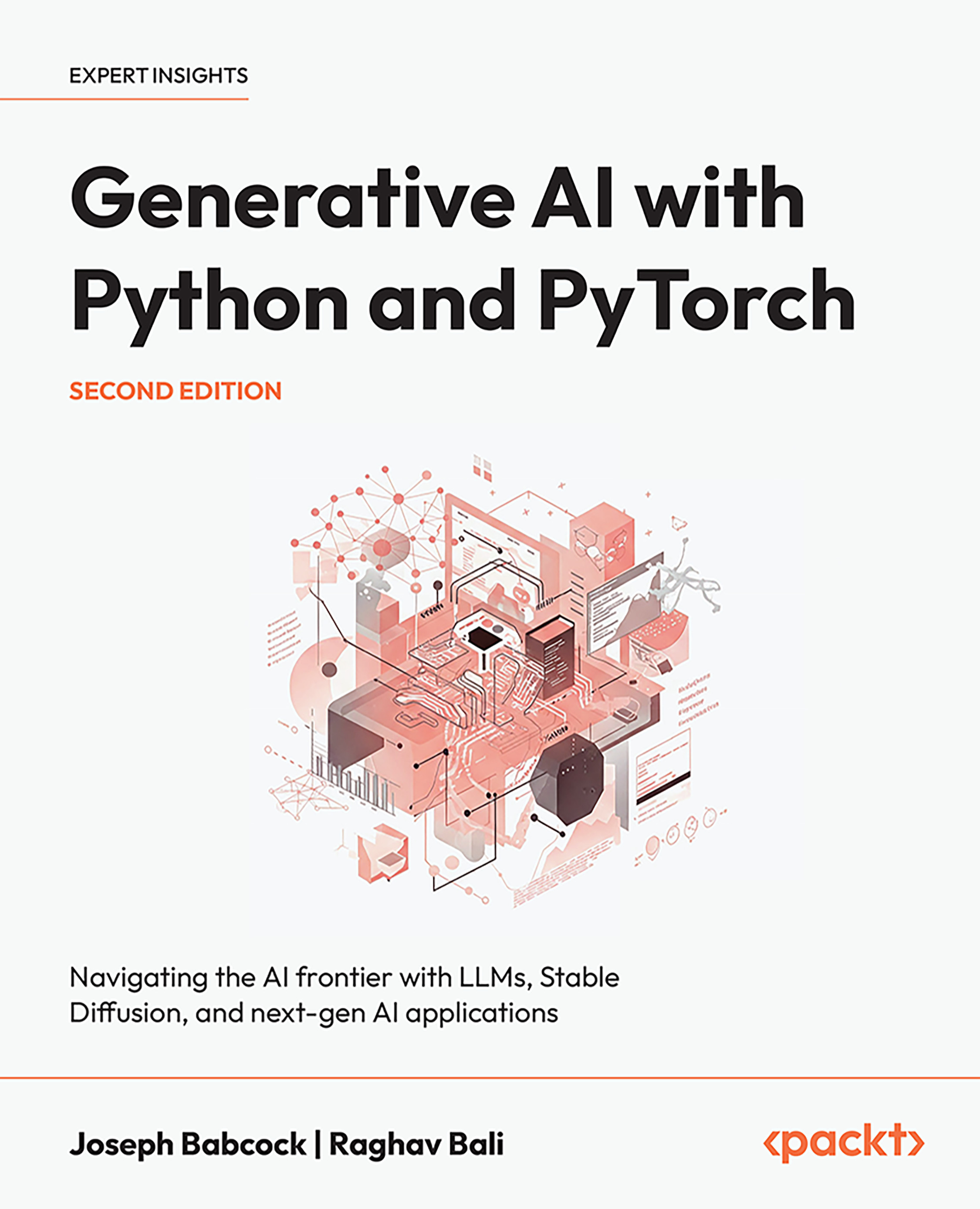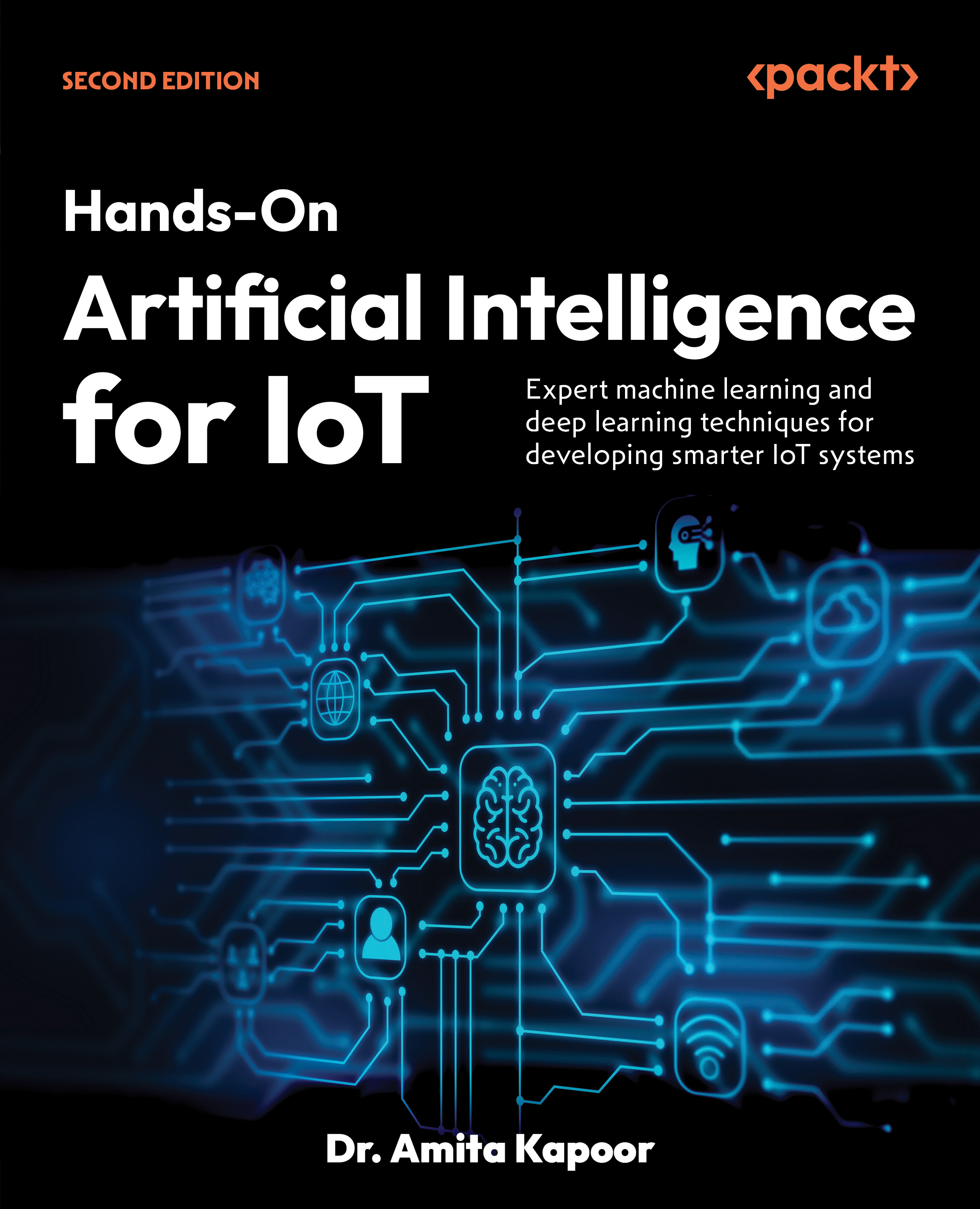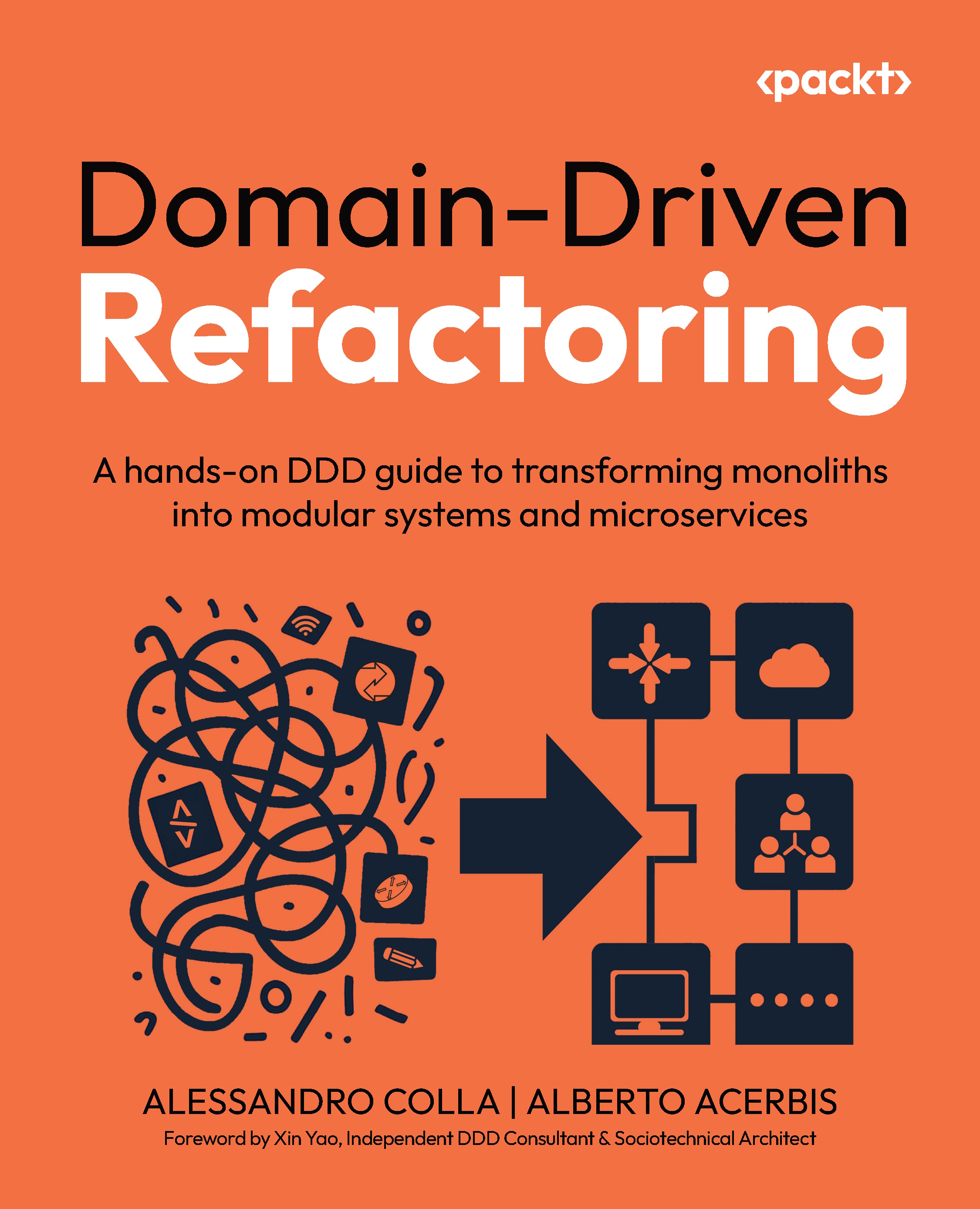Subscribe to our Data Pro newsletter for the latest insights. Don't miss out – sign up today!
👋 Hello,
Welcome to DataPro#88 – Your portal to the innovations in Data Science & Machine Learning! 🚀
In this edition, you'll find:
⚙️ LLMs & GPTs Unleashed
TWIN-GPT: Digital Twins for Clinical Trials.
Apple’s ReALM: AI with contextual understanding.
Stability AI’s Stable Audio 2.0: Audio synthesis revolution.
Salesforce AI’s Moira: Enhancing customer engagement.
Google DeepMind’s Gecko: Versatile Text Embeddings.
X.ai's Grok 1.5: Enhanced reasoning and context.
✨ What's Fresh & Exciting
Distribute LLMs with llamafile: 5 Simple Steps.
Dockerized Python Environment: The Elegant Way.
Knowledge Distillation: Clone Powerful LLMs.
Sora’s Diffusion Transformer (DiT): A Deep Dive.
Generative AI: Copyright Reckoning.
OpenAI Agent: Function Calling Capabilities.
⚡ Industry Pulse
AWS & Mistral AI: Democratizing generative AI.
Amazon SageMaker: No-code to code-first ML.
Google Cloud Next: Database success stories.
Google’s SEEDS in Weather Forecasting: AI quantifies uncertainty.
Microsoft’s LLMs in the Imaginarium: Tool Learning.
OpenAI: Fine-tuning API and custom models.
ChatGPT: Instant usage.
Synthetic Voices: Challenges and Opportunities.
📚 Packt's Latest Gem
MATLAB for Machine Learning - Second Edition, By Giuseppe Ciaburro.
DataPro Newsletter is not just a publication; it’s a comprehensive toolkit for anyone serious about mastering the ever-changing landscape of data and AI. Grab your copy and start transforming your data expertise today!
📥 Feedback on the Weekly Edition
Take our weekly survey and get a free PDF copy of our best-selling book, "Interactive Data Visualization with Python - Second Edition."
We appreciate your input and hope you enjoy the book!
Share your Feedback!
Cheers,
Merlyn Shelley
Editor-in-Chief, Packt
Sign Up | Advertise | Archives
🔰 GitHub Finds: Any of These Repos in Your Toolbox?
🛠️ UpstageAI/dataverse: Dataverse simplifies ETL pipelines in Python, providing a user-friendly solution for data processing and management, accessible to all.
🛠️ GAP-LAB-CUHK-SZ/gaustudio: GauStudio is a modular framework for 3D Gaussian Splatting, providing streamlined pipelines and tools for easier implementation and deployment.
🛠️ TencentARC/BrushNet: BrushNet is a text-guided image inpainting model that enhances pre-trained diffusion models, focusing on divided features and dense control.
🛠️ agiresearch/AIOS: AIOS embeds LLMs into OS, enhancing resource allocation, context switch, concurrent execution, tool service, access control, and toolkit availability for developers.
🛠️ jasonppy/VoiceCraft: VoiceCraft excels in speech editing and zero-shot text-to-speech, requiring only a few seconds of reference to clone or edit voices.
📚 Expert Insights from Packt Community
MATLAB for Machine Learning - Second Edition, By Giuseppe Ciaburro.
Unlock access to the largest independent learning library in Tech for FREE!
Get unlimited access to 7500+ expert-authored eBooks and video courses covering every tech area you can think of.
Renews at $19.99/month. Cancel anytime
Anomaly Detection in MATLAB
Throughout the life cycle of a physical system, the occurrence of failures or malfunctions poses a potential threat to its normal functioning. To safeguard against critical interruptions, it becomes imperative to implement an anomaly detection system within the facility. Termed as a fault diagnosis system, this mechanism is designed to identify potential malfunctions within the monitored system. The pursuit of fault detection stands as a pivotal and defining phase in maintenance interventions, demanding a systematic and deterministic approach to comprehensively analyze all conceivable causes that might have led to the malfunction.
Anomaly detection overview
Anomaly detection is a technique used in data analysis and ML to identify data points or patterns that deviate significantly from the expected or normal behavior within a dataset. Anomalies, also known as outliers, are data points that do not conform to most of the data and may indicate errors, fraud, unusual events, or other important information. Anomaly detection has various applications across different domains, such as cybersecurity, industrial quality control (QC), finance, healthcare, and more.
We can start to get an overview of different types of anomalies to understand what is intended with this term, we will list some types of anomalies:
Point anomalies: These are individual data points that are considered anomalies, such as a single fraudulent transaction in a credit card dataset.
Contextual anomalies: These are anomalies that are context-dependent. A data point might not be an anomaly on its own but is unusual in a particular context or time, such as a sudden spike in web traffic during a holiday sale.
Collective anomalies: These are anomalies that are identified by examining a group of data points collectively. These anomalies involve patterns or relationships between data points.
There are several methods for addressing anomaly detection problems, ranging from simple statistical techniques to complex ML algorithms. The choice of method depends on the nature of the data and the specific problem you are trying to solve. Here, we are listing the most used ones:
Statistical methods: Statistical techniques such as z-scores, percentiles, and boxplots can be used to identify anomalies based on deviations from the mean or median of the data distribution.
ML: Supervised, unsupervised, and semi-supervised ML algorithms can be used for anomaly detection. Some popular methods include Isolation Forest, One-Class Support Vector Machine (One-Class SVM), autoencoders (AEs), and k-means clustering.
Time series analysis: Specialized techniques are used for detecting anomalies in time series data, such as autoregressive (AR) models, exponential smoothing, and moving averages (MAs).
Density estimation: Methods such as kernel density estimation (KDE) and Gaussian Mixture Models (GMMs) are used to estimate the probability density function of the data and identify anomalies as low-density regions.
Deep learning (DL): Neural networks (NNs), especially deep AEs (DAEs) and recurrent NNs (RNNs), are used for anomaly detection in high-dimensional data or sequences.
Ensemble methods: Combining multiple anomaly detection models can improve overall performance and robustness.
In addressing anomaly detection problems, we have to face some challenges. For example, determining an appropriate threshold for defining anomalies can be challenging. Imbalanced datasets, where anomalies are rare, can make model training and evaluation tricky. Handling high-dimensional data and noisy datasets can also be challenging.
Anomaly detection is a valuable tool for identifying rare but potentially important events or patterns in large datasets. The choice of method depends on the specific domain, data characteristics, and the nature of anomalies that need to be detected.
Discover more insights from "MATLAB for Machine Learning - Second Edition" by Giuseppe Ciaburro. Unlock access to the full book and a wealth of other titles with a 7-day free trial in the Packt Library. Start exploring today!
Read Here!
⚡ Tech Tidbits: Stay Wired to the Latest Industry Buzz!
AWS ML Made Easy
🌀 AWS and Mistral AI commit to democratizing generative AI with a strengthened collaboration: The article discusses the growing use of generative AI applications across industries, facilitated by Amazon Bedrock. It highlights Mistral AI's Mistral Large model, now available on Amazon Bedrock, offering advanced language capabilities. This collaboration aims to provide customers with diverse model options to suit their specific business needs, promoting innovation in AI technology.
🌀 Seamlessly transition between no-code and code-first machine learning with Amazon SageMaker Canvas and Amazon SageMaker Studio: This post discusses Amazon SageMaker Studio, an integrated ML development environment, and SageMaker Canvas, a no-code ML tool, highlighting their features and integration for seamless collaboration between non-ML and ML experts.
Google Research
🌀 Get inspired: Database success stories at Google Cloud Next. This blog post previews Google Cloud Next '24, focusing on customers using Google Cloud databases for transformative purposes. It highlights sessions featuring Nuro, Lightricks, Bayer, Yahoo!, and Statsig, showcasing their innovative use cases.
🌀 Generative AI to quantify uncertainty in weather forecasting: Google is advancing weather forecasting with innovations like MetNet-3 and SEEDS, a generative AI model. SEEDS efficiently generates probabilistic ensembles, addressing the butterfly effect's uncertainty, and offers cost-effective solutions for extreme weather events.
Microsoft Research
🌀 LLMs in the Imaginarium: Tool Learning through Simulated Trial and Error. This research enhances large language models' (LLMs) tool usage accuracy through simulated trial and error (STE), inspired by biological systems. STE improves learning by simulating tool use scenarios, interacting with tools, and leveraging short and long-term memory. Results show significant performance boosts over existing methods.
OpenAI Updates
🌀 Introducing improvements to the fine-tuning API and expanding our custom models program: This update discusses techniques to improve model performance, such as retrieval-augmented generation (RAG) and fine-tuning and introduces new API features for developers to control their fine-tuning jobs, enhancing model quality, reducing costs, and latency.
🌀 Start using ChatGPT instantly: This new initiative aims to make AI more accessible by allowing instant access to ChatGPT without the need to sign up. It targets those curious about AI's potential but hesitant to set up an account, offering a seamless experience for learning, creative inspiration, and answering questions.
🌀 Navigating the Challenges and Opportunities of Synthetic Voices: Voice Engine is a model by OpenAI that generates natural-sounding speech from text input and a short audio sample, closely resembling the original speaker. They're sharing insights from a small-scale preview, highlighting its potential for various applications like reading assistance and personalized responses in education.
Email Forwarded? Join DataPro Here!
🔍 From Bits to BERT: Keeping Up with LLMs & GPTs
🌀 TWIN-GPT: Digital Twins for Clinical Trials via LLM. The research explores virtual clinical trials' benefits in healthcare, emphasizing patient safety and cost reduction. Existing methods struggle with prediction accuracy due to limited data. TWIN-GPT, a proposed approach, uses large language models to create personalized digital twins, improving predictions and showcasing digital twins' potential in healthcare.
🌀 Apple’s ReALM: AI that can “See” to understand the context: ReALM (Reference Resolution As Language Modeling) addresses the challenge of context understanding, including non-conversational entities like on-screen elements. By leveraging Language Models (LLMs), it demonstrates significant improvements in reference resolution, even outperforming GPT-4, offering over 5% gains for on-screen references.
🌀 Stability AI’s Stable Audio 2.0: Stable Audio 2.0 introduces a groundbreaking AI-generated audio standard, offering high-quality, full tracks up to three minutes long at 44.1kHz stereo. It features audio-to-audio generation, honoring creator rights, and expands creative possibilities, available for free on the Stable Audio website.
🌀 Salesforce AI’s Moira: Moirai is a universal time series forecasting model designed to address diverse forecasting tasks across various domains, frequencies, and variables in a zero-shot manner. It tackles key challenges in forecasting and offers robust performance, making it valuable for IT operations, sales forecasting, and more.
🌀 Google DeepMind’s Gecko: Versatile Text Embeddings Distilled from LLMs. Gecko is a compact text embedding model that achieves strong retrieval performance by distilling knowledge from large language models (LLMs). Its two-step distillation process, generating synthetic paired data and refining data quality, outperforms larger models on the Massive Text Embedding Benchmark. Gecko with 256 dimensions outperforms all entries with 768 dimensions; Gecko with 768 dimensions competes with models 7x larger and 5x higher dimensional embeddings.
🌀 X.ai Unveils Grok 1.5: Enhanced Reasoning and Long Context Features. Grok-1.5, the latest version of x.ai's Grok model, offers improved reasoning and long context capabilities. It excels in coding and math tasks, scoring 50.6% on MATH and 90% on GSM8K benchmarks. Grok-1.5 can process long contexts up to 128K tokens and boasts robust infrastructure for large-scale training. Early testers and existing Grok users on the x.ai platform will soon have access to Grok-1.5, with further features expected to roll out gradually.
✨ On the Radar: Catch Up on What's Fresh
🌀 Distribute and Run LLMs with llamafile in 5 Simple Steps: This blog introduces llamaFile, a framework that simplifies using large language models (LLMs) by providing a one-file executable that runs locally without installation. It explains how to use llamaFile with the LLaVa model, a 7-billion-parameter model quantized to 4 bits, for tasks like chat, image uploading, and question-answering.
🌀 Setting A Dockerized Python Environment — The Elegant Way. This blog post demonstrates a more elegant method for setting up a dockerized Python development environment using VScode and the Dev Containers extension. It provides step-by-step instructions and prerequisites, including Docker Desktop, a Docker Hub account, and VScode with the Dev Containers extension installed. The tutorial focuses on using the official Python image (`python:3.10`) and explains the Dev Containers extension's role in creating an isolated VScode session inside a docker container.
🌀 Clone the Abilities of Powerful LLMs into Small Local Models Using Knowledge Distillation: This post explores the use of specialized, smaller-scale language models for specific NLP tasks, such as grammatical error correction. It discusses the process of constructing tailored models through data annotation and fine-tuning, and the use of knowledge distillation to automate labeling. The post provides a workflow for distilling knowledge from a large language model to a smaller one, using prompts and APIs, and demonstrates this process in the context of building a grammatical error correction model.
🌀 Deep Dive into Sora’s Diffusion Transformer (DiT) by Hand: This blog introduces Sora, OpenAI's text-to-video model, explaining its unique approach combining diffusion transformer and transformer strength for video prediction. It explores key concepts like diffusion, dimension reduction, and noise addition, offering insights into how Sora converts text prompts into realistic videos. Ideal for AI enthusiasts and those interested in video generation technologies.
🌀 The Coming Copyright Reckoning for Generative AI: This blog explores the complexities of copyright law in America, particularly in the context of generative AI. It discusses key concepts like original works, fair use, and the implications of generative AI on copyright. It also delves into legal cases and future considerations, offering insights for data scientists and AI enthusiasts.
🌀 Create an Agent with OpenAI Function Calling Capabilities: This article explores the advancements and challenges in developing AI-powered applications in 2024. It discusses how AI streamlines app features for a better user experience and introduces OpenAI's Function Calling to simplify structured data extraction. The article also highlights the ongoing innovations and the future of AI applications.
See you next time!
 United States
United States
 Great Britain
Great Britain
 India
India
 Germany
Germany
 France
France
 Canada
Canada
 Russia
Russia
 Spain
Spain
 Brazil
Brazil
 Australia
Australia
 Singapore
Singapore
 Canary Islands
Canary Islands
 Hungary
Hungary
 Ukraine
Ukraine
 Luxembourg
Luxembourg
 Estonia
Estonia
 Lithuania
Lithuania
 South Korea
South Korea
 Turkey
Turkey
 Switzerland
Switzerland
 Colombia
Colombia
 Taiwan
Taiwan
 Chile
Chile
 Norway
Norway
 Ecuador
Ecuador
 Indonesia
Indonesia
 New Zealand
New Zealand
 Cyprus
Cyprus
 Denmark
Denmark
 Finland
Finland
 Poland
Poland
 Malta
Malta
 Czechia
Czechia
 Austria
Austria
 Sweden
Sweden
 Italy
Italy
 Egypt
Egypt
 Belgium
Belgium
 Portugal
Portugal
 Slovenia
Slovenia
 Ireland
Ireland
 Romania
Romania
 Greece
Greece
 Argentina
Argentina
 Netherlands
Netherlands
 Bulgaria
Bulgaria
 Latvia
Latvia
 South Africa
South Africa
 Malaysia
Malaysia
 Japan
Japan
 Slovakia
Slovakia
 Philippines
Philippines
 Mexico
Mexico
 Thailand
Thailand

